Photographer and filmmakerTobi Shinobiis a storyteller.
Based between Chicago and London, he weaves powerful narratives using both still photographs and video.
With his seriesBlood on the Leaves, Shinobi has turned to infrared photography to reveal the unseen.

In doing so, he makes a powerful statement about the marginalization of people of colorspecifically Black people.
However,Blood on the Leavesis not merely a series of still images.
To fully bring his vision to life, Shinobi has thoughtfully incorporated technology like AI and augmented reality.
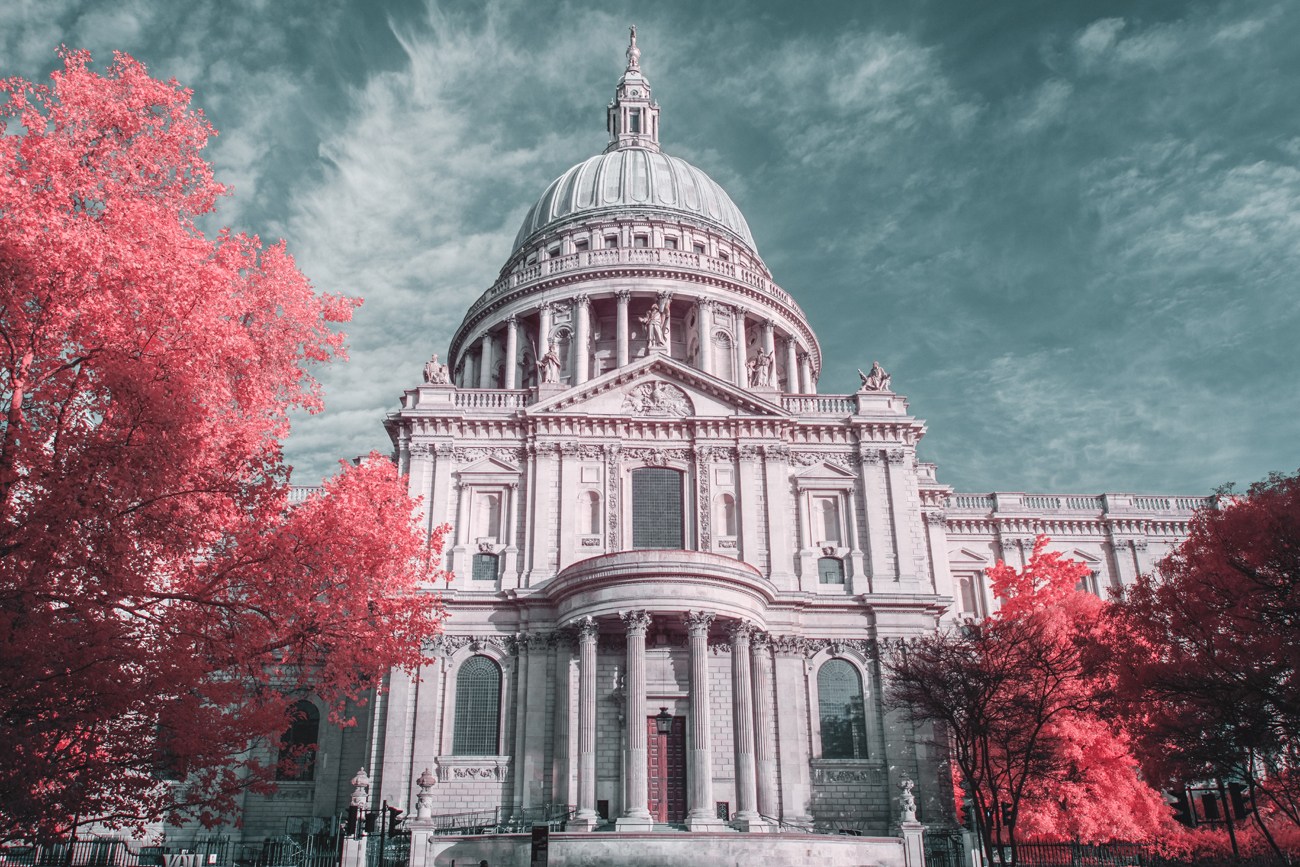
In doing so, they gain rare insight into his creative process.
The merging of creative techniques has produced a work that straddles the line between photography and filmography.
Read on for My Modern Met’s exclusive interview.
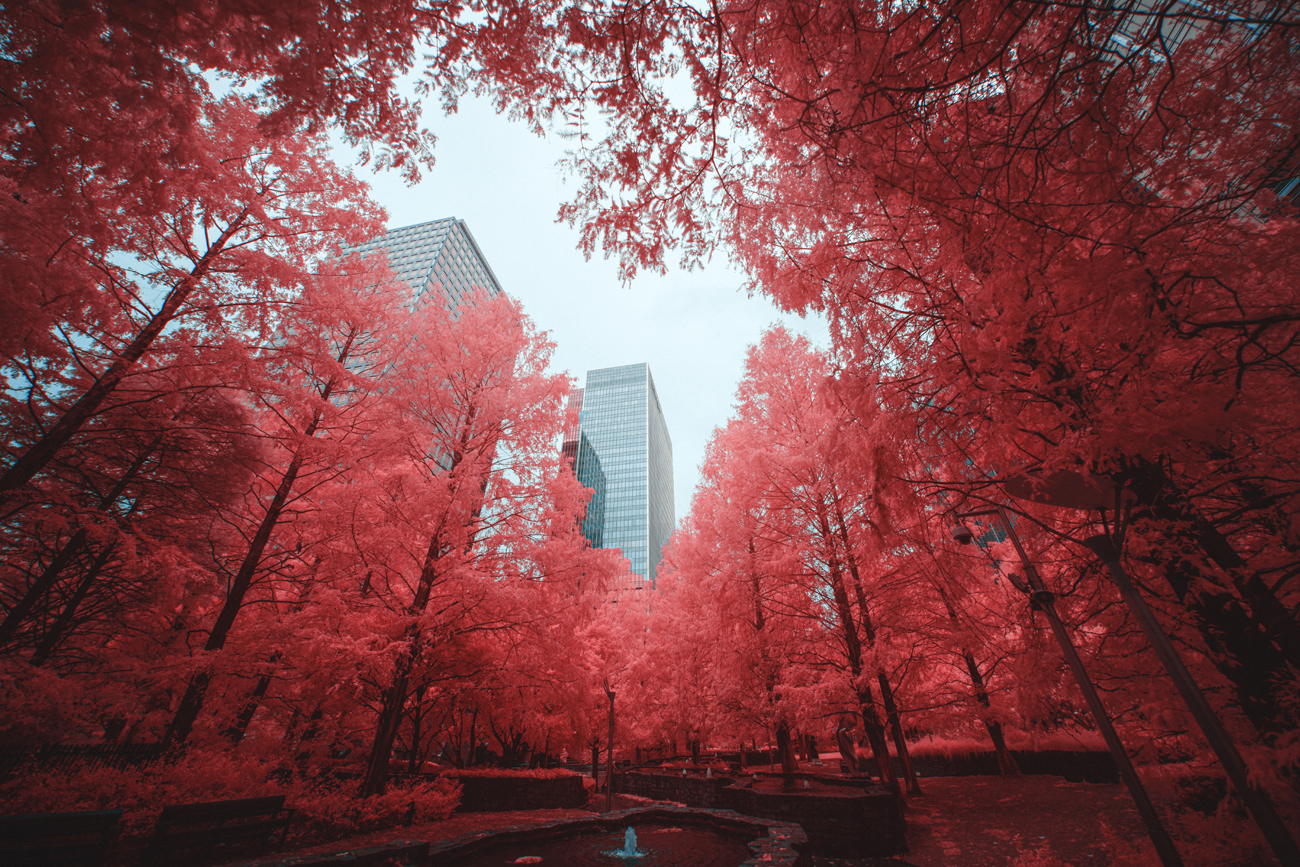
What does your love of photography stem from?
Ive always been obsessed with seeing things differently.
Its a way to get people to stop, reconsider, and challenge how they engage with their surroundings.

Above all, its a tool to tell stories that might otherwise go unseen.
What do you enjoy about the creative possibilities of infrared photography?
Infrared strips away the expected.
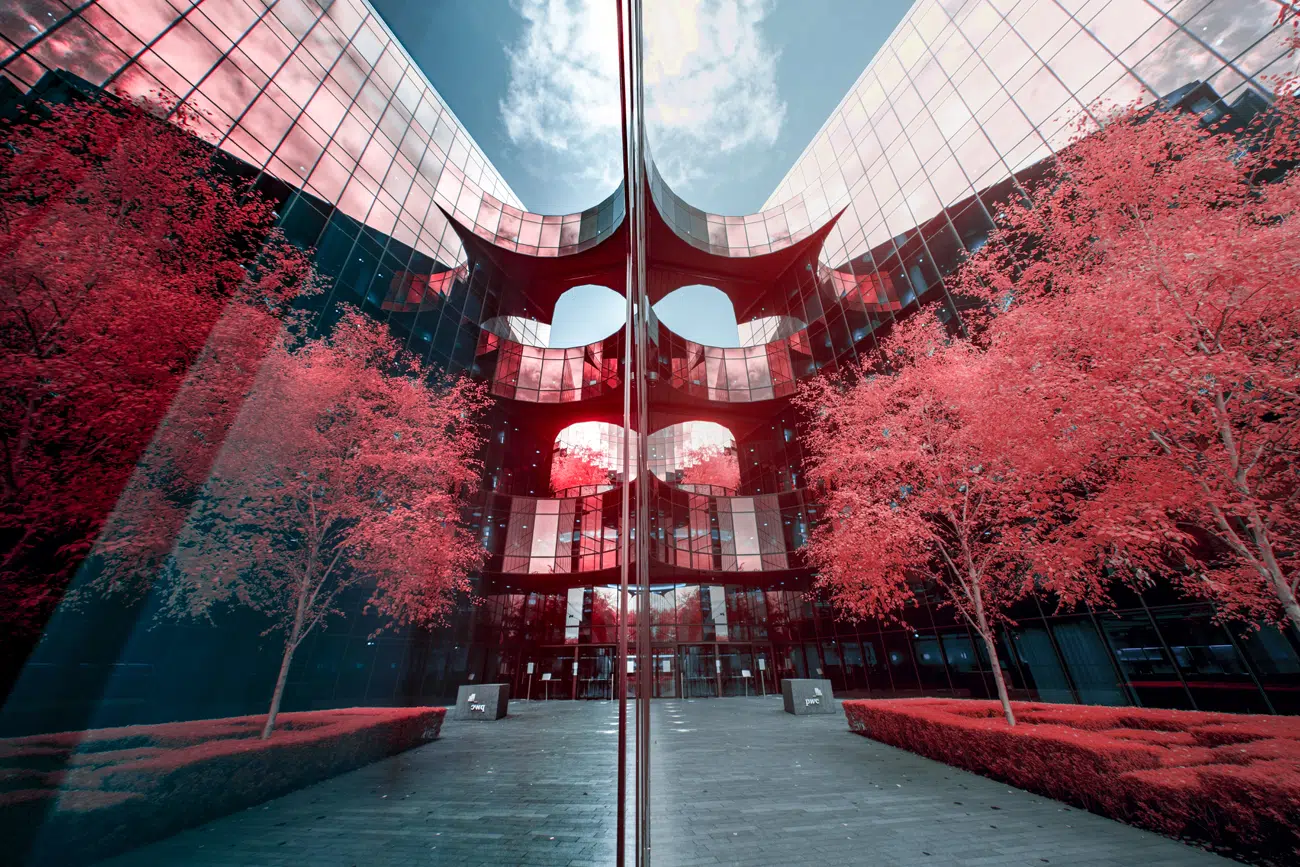
It transforms the ordinary into something somewhat mythical, otherworldly, yet still deeply real.
What I love most is how it makes you rethink visibility.
InBlood on the Leaves, it does something specific.
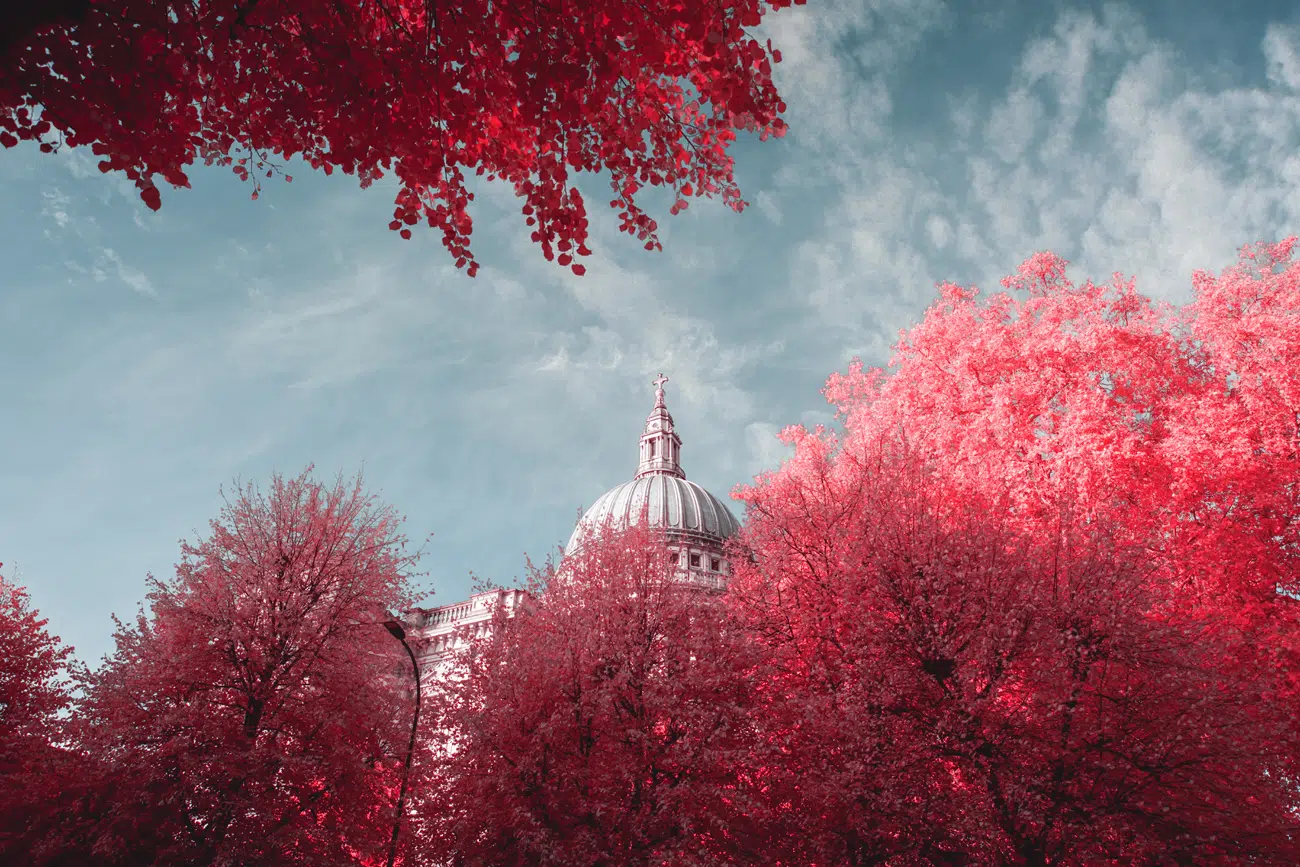
It flips the idea of invisibility on its head.
Theres something thought-provoking about making the unseen impossible to ignore.
How did the concept forBlood on the Leavescome about?
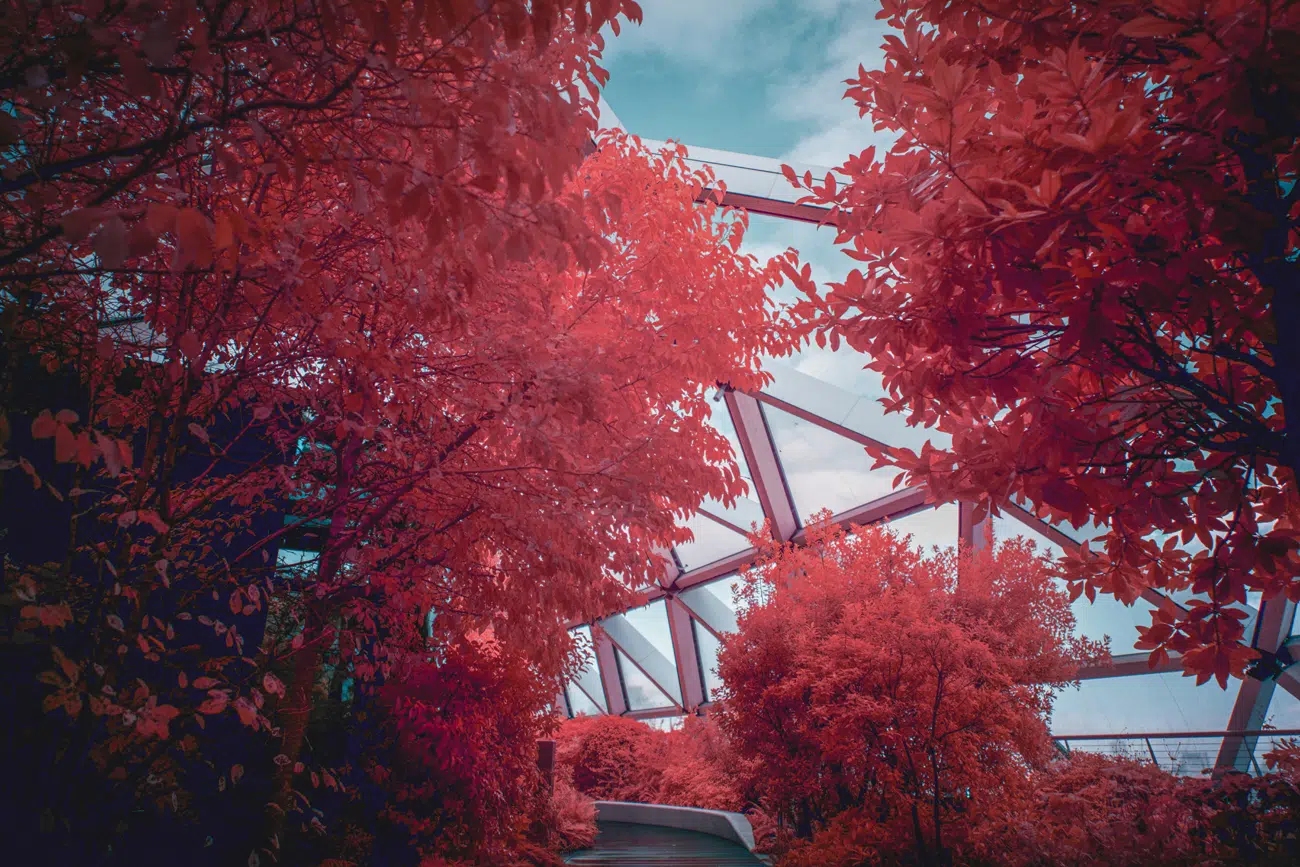
I was inversely inspired by a photography colleague who primarily shoots in black and white.
I wanted to explore color in a way that felt intentional, that made people think.
Then George Floyd was murdered.

I saw images of people who looked like me being harmed, killed, and dehumanized.
It was during this time thatBlood on the Leavestook form.
Blackness exists in a paradoxhyper-visible in certain contexts, erased in others.
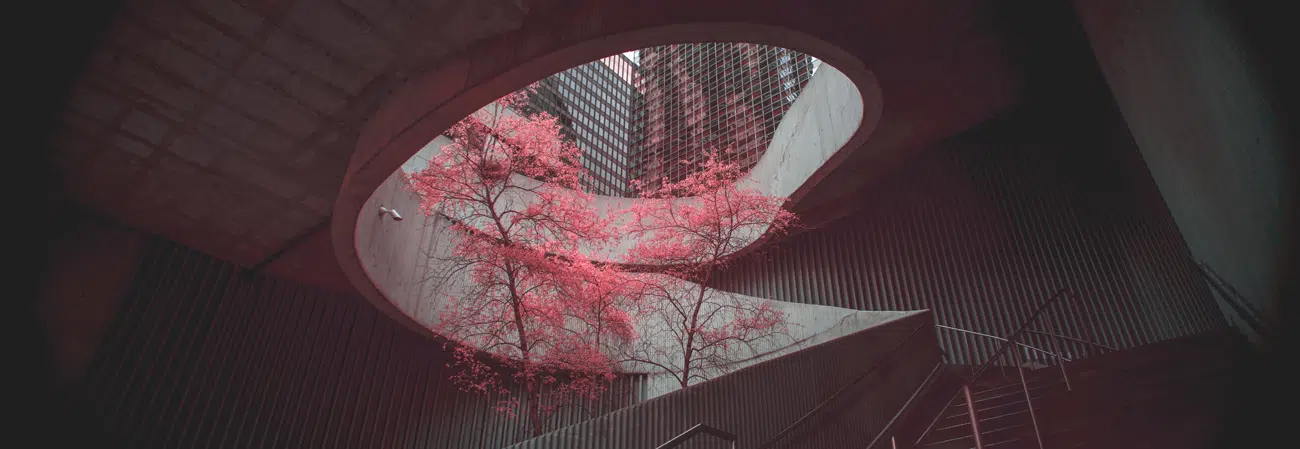
That tension is whatBlood on the Leavesexplores visually.
The title references a song, which itself references Strange Fruita brutal reminder of Americas past.
But I wasnt interested in making a purely historical statement.
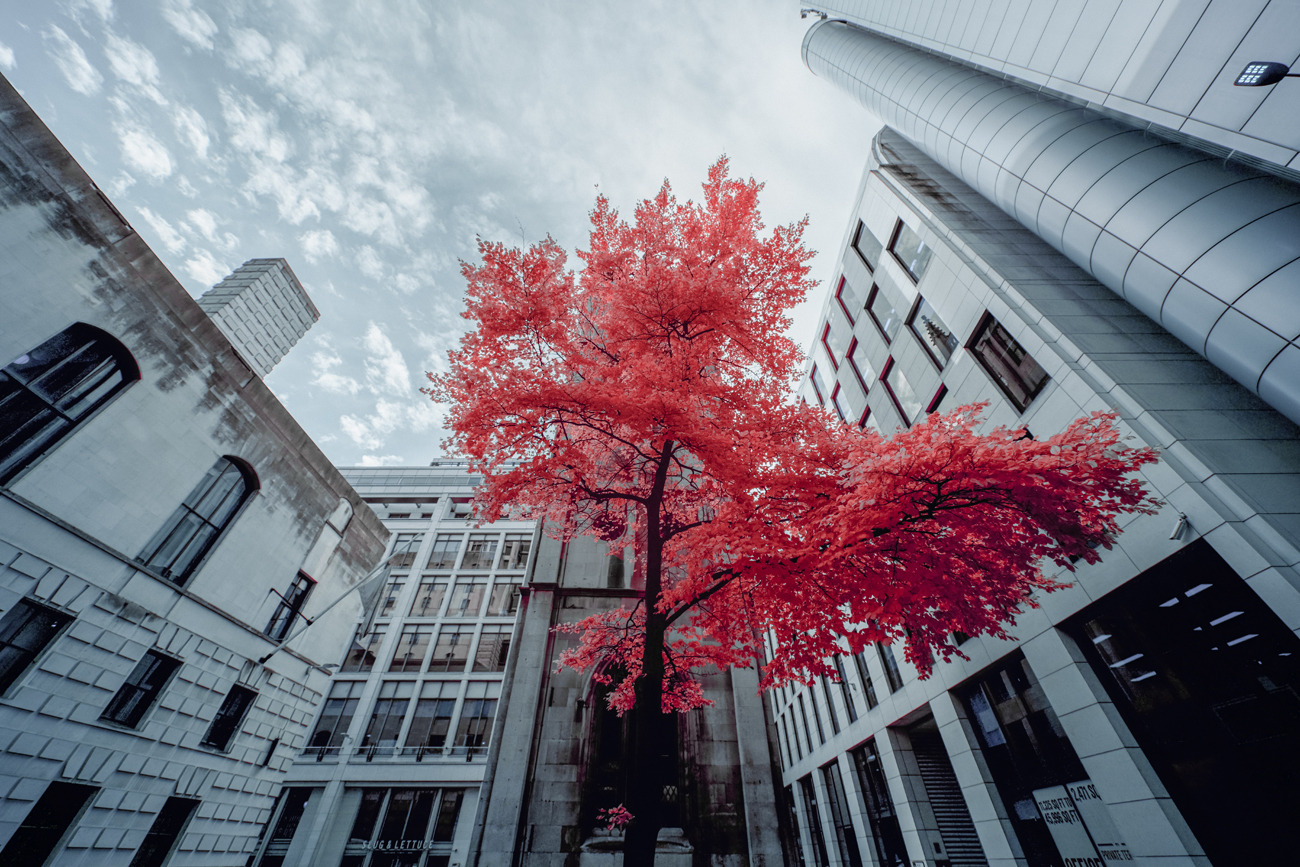
Using infrared made sense because its literally about revealing what the eye cant see.
This series is about presencenot just representation, but a deeper kind of seeing.
These images are reworkings of some photos from yourShinfraredseries.
How did you go about selecting which images would become part ofBlood on the Leaves?
But even without those elements, they stand strong individually.
Some had a ghostly, almost spiritual quality.
Others were more direct, demanding to be seen.
How do you feel that technology can elevate your work as a creator?
Technology lets me pull people deeper into the experience.
It removes the limitations of the static image.
Photographers tend to work in short-term gratification, while filmmakers operate on delayed gratification, requiring collaboration and patience.
I love both mediums, but they function differently.
Augmented reality allows me to merge stills and motion in a way that satisfies my pursuit of balance.
Pairing photography with movement and sight with sound expands storytelling beyond what is traditionally possible.
AI bridges moments, animating stillness, giving images a new kind of presence.
But at its core, technology allows me to do what Ive always donechallenge how people see.
The more immersive the experience, the harder it is to ignore the story.
What do you hope people take away from this series?
I want to talk about difficult things in a way that is both thoughtful and thought-provoking.
I want people to be more thoughtful about their surroundings.
I want them to consider perspectives outside their own.
This work isnt about giving answersits about pushing deeper questions.
If someone walks away seeing differently, feeling differentlyeven for a momentthen the work has done its job.
Whats next for you?
Right now, Im focused on expanding this conversationvisually, narratively, and technically.
Its a deeply personal project, and I want to do it right.
Tobi Shinobi:Website|Instagram